
- Free Article: No
- Contents Category: Graphic Novels
- Custom Article Title: Two new graphic novels
- Review Article: Yes
- Article Title: Puzzles of the past
- Article Subtitle: Exploring the Ordworld and New York City
- Online Only: No
- Custom Highlight Text:
The strength of comic strips, like poetry, can derive from concise language and startling images. With Bulk Nuts, the latest addition to Mandy Ord’s long list of autobiographical comics and graphic novels, the Melbourne cartoonist attains a new level in her work. One of the ways she does this is by cutting back on words and presenting more considered, finished drawings. Through verbal economy and graphic surety, this collection of comic strips directs our flow of reading deftly from word to image and back again. Several stories end with the light gravity of a haiku or the hesitancy of e.e cummings.
- Featured Image (400px * 250px):
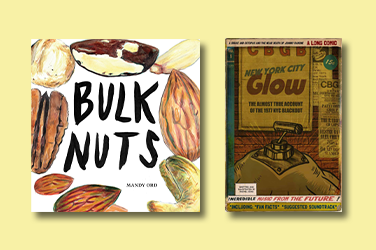
- Alt Tag (Featured Image): Bernard Caleo reviews 'Bulk Nuts' by Mandy Ord and 'New York City Glow' by Rachel Coad
- Book 1 Title: Bulk Nuts
- Book 1 Biblio: Gazebo Books, $29.99 pb, 200 pp
- Book 1 Cover Small (400 x 600):
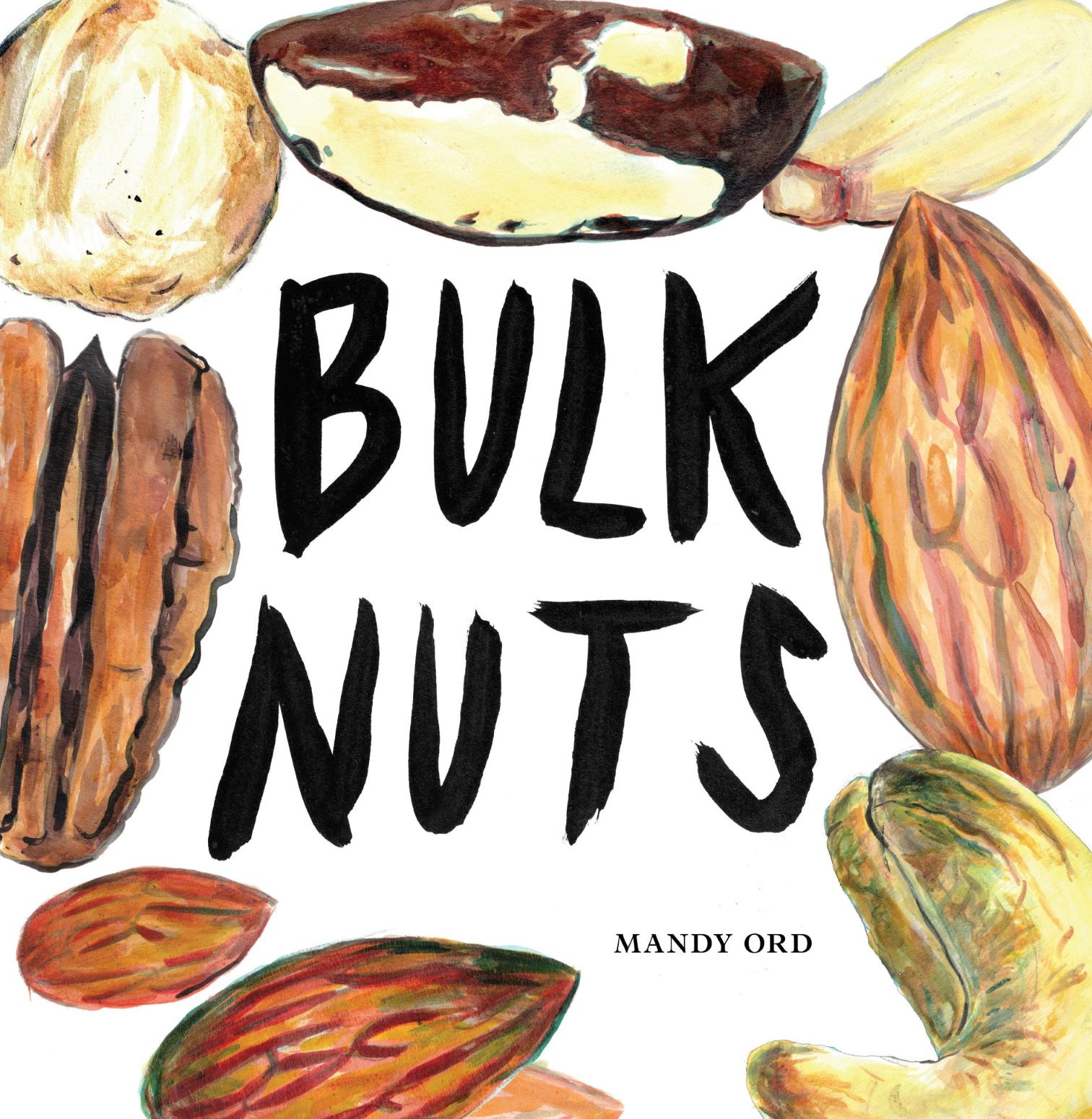
- Book 1 Cover (800 x 1200):

- Book 2 Title: New York City Glow
- Book 2 Biblio: Upswell, $34.99 pb, 112 pp
- Book 2 Cover Small (400 x 600):
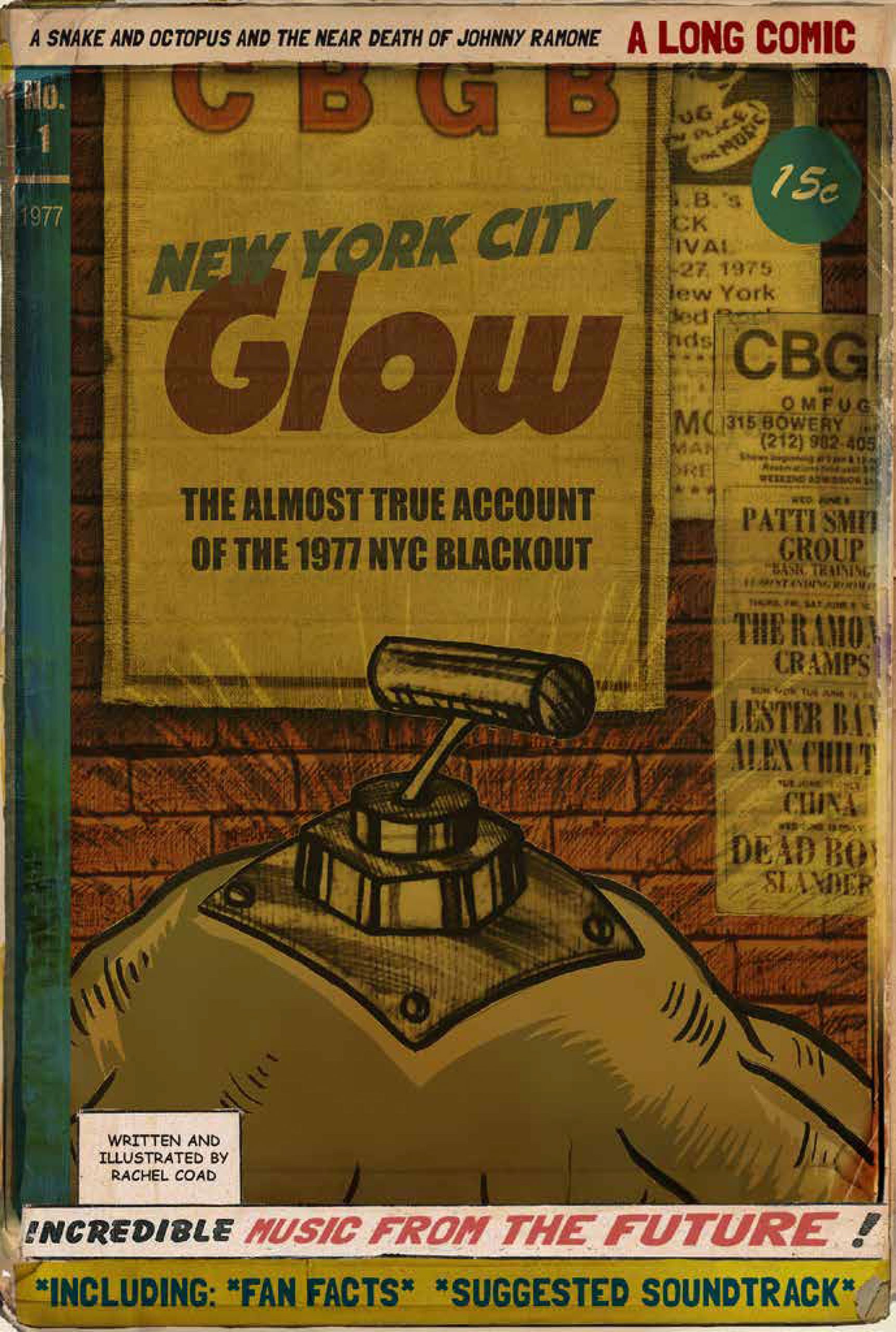
- Book 2 Cover (800 x 1200):

There are twenty-seven comic strips in this book, of varying lengths. Some depict slices of Ord’s childhood in Sydney, some tell stories about the Edinburgh life of her adventurous sister Min (to whom the book is dedicated), while others relate anecdotes from Ord’s Melbourne workplaces, including my favourite, a love letter to the blue-handled knife which she wielded with abandon to cut up pumpkins at the organic grocery shop where she worked for years. All of them contribute to the building of the Ordworld, in which magpies, driving, Canberra, dogs, farts, panics, and snacks have always featured. Her work is an ongoing comic book Bildungsroman, in which we witness the protagonist play out familiar patterns, recognise recurring characters, and continue to deepen our relationship to the artist and her work.
The one-eyed persona which Ord uses as her autobiographical avatar has evolved over the decades, and currently sports a pointy, even craggy chin. One of the delights of following a cartoonist over many years, like watching a friend age, is the privilege of witnessing these slow-motion visual developments. The changing shape of Tintin’s head from sphere to elongated oval; the shaky line that arrived later in Charles Schultz’s run on Peanuts as his hand began to waver: these are comics-reader-specific affordances, and they are also to be found across the collected works of Mandy Ord – a thrill that repays the long-term reader of the long-distance cartoonist.
Another thrill entirely is delivered by Rachel Coad, a West Australian fine artist (winner of the 2016 Black Swan Prize for Portraiture) with her début graphic novel, New York City Glow. The idea of someone attempting a graphic novel straight out of the gate without some shorter comic book warm-up exercises is somewhat alarming (surely try a few sprints before embarking on a marathon, or you might strain something), but while the style and pacing is certainly naïve in terms of comics craft, Coad’s visual art experience helps her keep enough happening on each page to engage one’s eye.
Narratively, she has also judged an appropriate weight of story and depth of characterisation to keep us involved in the tale of a washed-up, insurance-selling snake called Ray and a glowing jellyfish ingénue called Strawberry as they set off on a roadtrip which ends at the legendary New York music venue CBGBs, attending concerts given by the even more legendary band The Ramones. Even though a depressed snake and a misunderstood jellyfish are our main characters, their story does overlap with historical events: the famous 1977 New York blackout is a mystery for which this graphic novel charmingly and satisfyingly provides an explanation.
Because New York City Glow is an all-ages appropriate book (there are even language warnings for some of the songs suggested to be played as you read it), it’s a graphic novel which post-punk parents or grandparents could happily read to young children, leading perhaps to follow-up discussions (‘But Grandma, why DID Dee Dee Ramone smash up his guitar?’). One of the delights of this graphic novel, at a time when the field is crowded by non-fiction, is Coad’s playful engagement with fantasy. Perhaps in acknowledgment of this, she describes the book on the cover not as a graphic novel but as a ‘long comic’. Touché.
As I have noted in previous graphic novel reviews for Australian Book Review, more Australian book publishers are bringing ‘long comics’ to market. (For Gazebo Books and Upswell, these books are their début graphic novels.) This augurs well for the form in Australia, from both experienced practitioners like Mandy Ord as well as newbies like Rachel Coad. Huzzah! May many more follow.


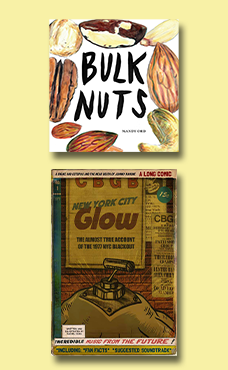
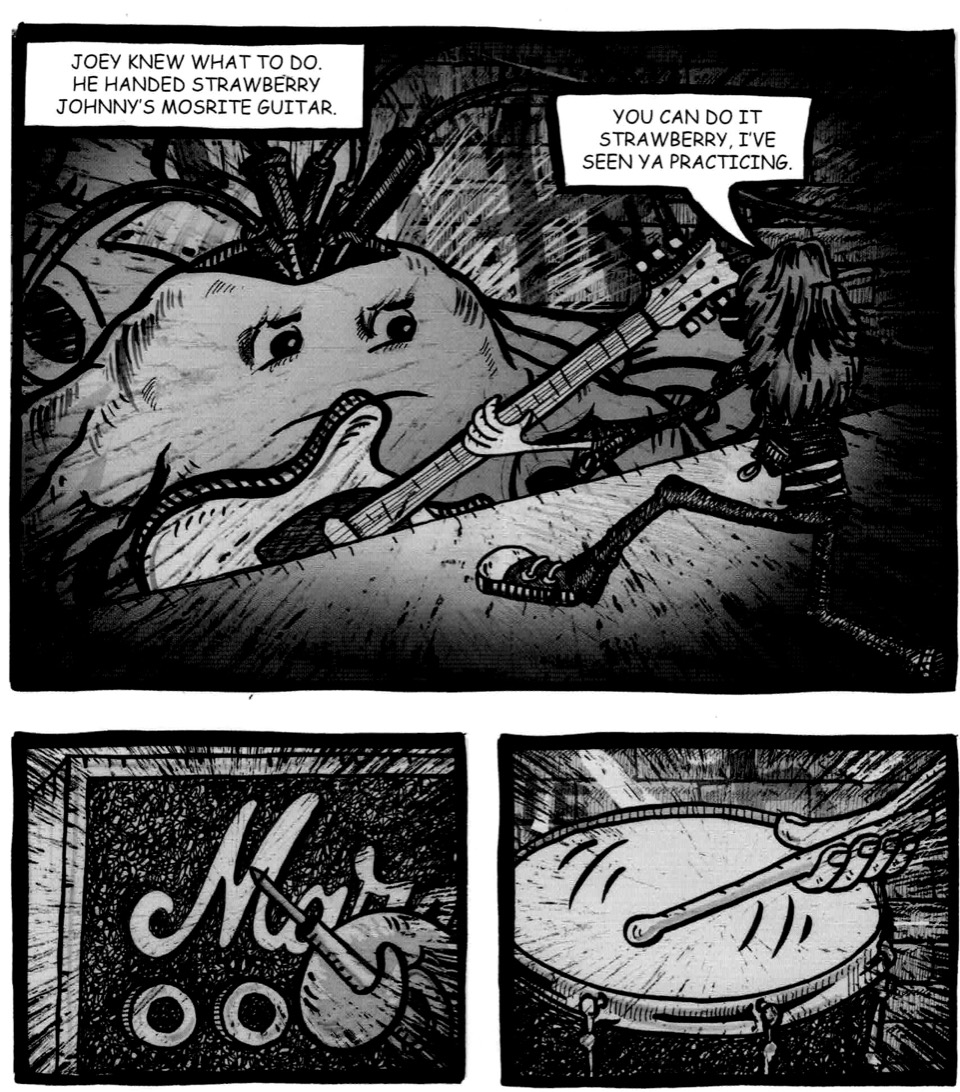
Comments powered by CComment